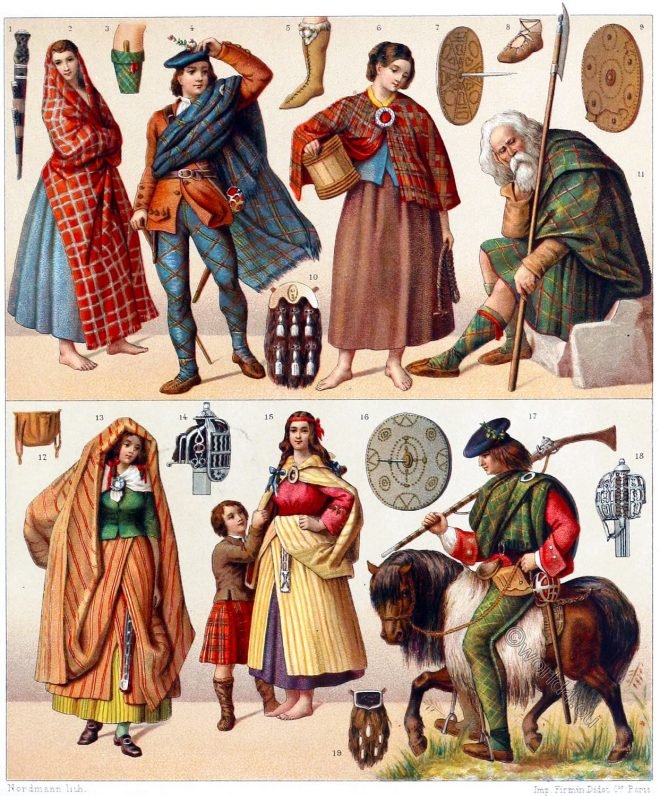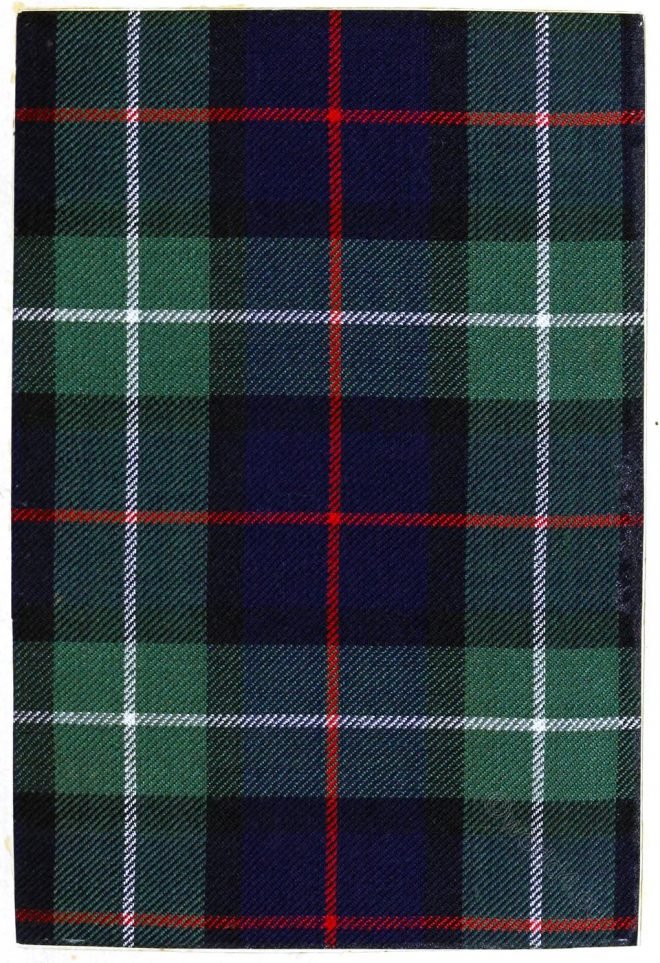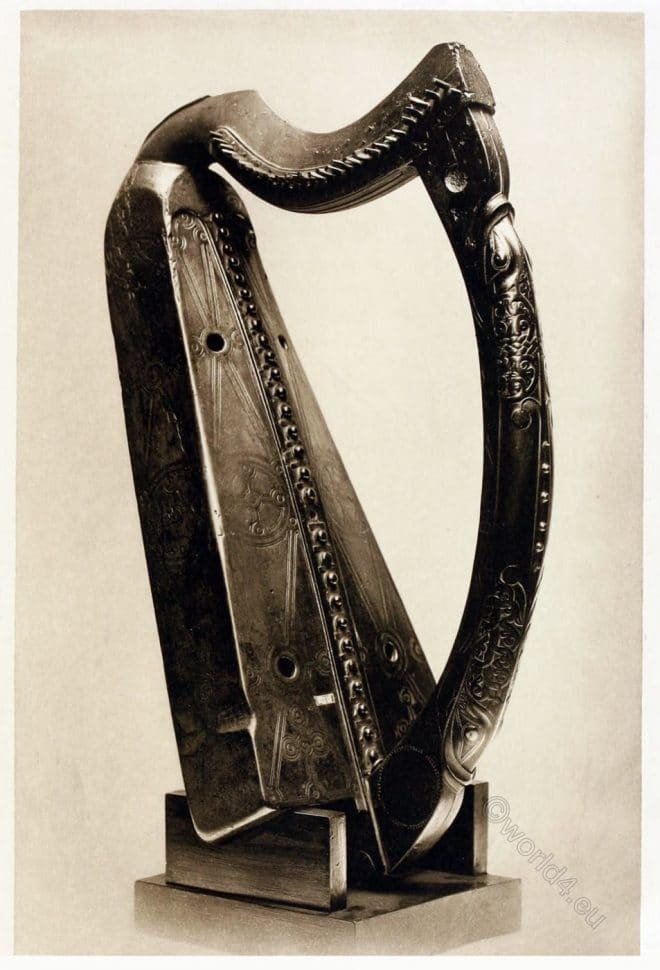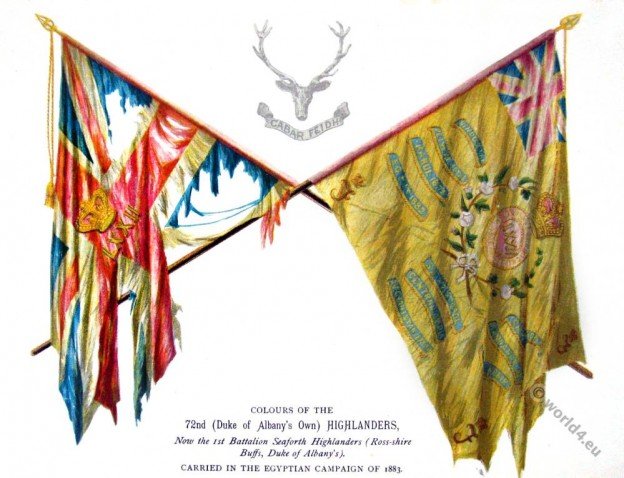Few families, says Sir Walter Scott, can boast of more historical renown than that of Graham.
Tag: Scottish
Scottish history. Manners, events, fashion and costumes.
Scotland. Costumes of the mountain dwellers. The woman.
The Clan of the Mac-Nicols, Sinclai, Colqhon, Farquharson, Urqhart, Mathesons, Mac-Niels, Clan Mac-Ivor, Chisholm, Mac-Lean, Clar-Innis
Historical Scottish national costumes. The different clans.
The different Clans of the Scottish Highlands. Chiefs, warriors and farmers. The colours of the bards. Tartan and plaid.
The Clan Davidson. Old and rare Scottish tartans.
The Clan Davidson (Daibhidh). THE evidence of the early date of this design rests entirely upon specimens in collections of old hard tartans.
The Campbell tartan in the collection of the Highland Society of London.
Regimental dress 1793 to 1802. This is the only Campbell tartan in the collection made by the Highland Society of London in 1816-17.
Queen Mary’s harp or Lude Harp of the 15th century.
THIS venerable instrument, the least impaired Gaelic Harp existing, is known as Queen Mary’s Harp or Lude Harp and date back to the 15th century.
The Scottish clans. The Tartan of Robert Bruce, King of Scotland.
The first Robert Bruce came to England as a knight of Normandy, in the wake of William the Conqueror. After William’s victory over Harold, he sent him to the northern parts of England to subdue them.
Tartan of Clan Brodie. Red and black check, popularly called Rob Roy.
Many of the oldest Scottish tartans in variations of red and black check are popularly called Rob Roy
Flags of the Royal Highlanders. The Black Watch.
Flags of the Royal Highlanders. The Black Watch. Colours of the 42nd Royal Highlanders (The Black Watch). Now 1st Battalion The Black Watch (Royal Highlanders). Carried in the Crimea and… Read More
Egyptian Campaign. Flag Colours of the 72nd Highlanders.
Egyptian Campaign. 1st Battalion Seaforth Highlanders Colours of the 72nd (Duke Of Albany’s Own) Highlanders. Now the 1st Battalion Seaforth Highlanders (Ross-shire Buffs, Duke of Albany´s). Carried in the Egyptian… Read More










